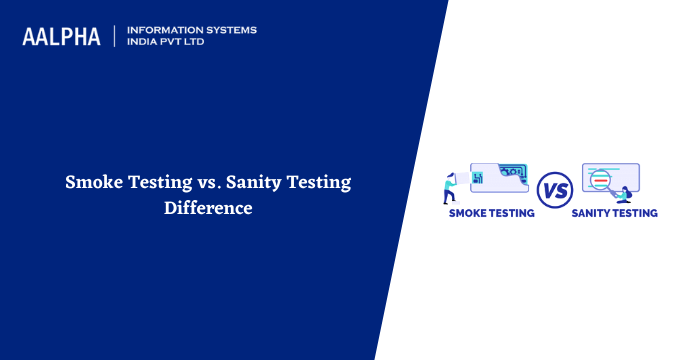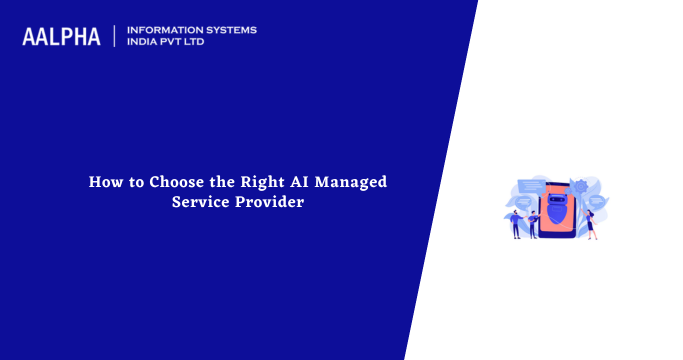Every business has worked relentlessly to produce software that provides the best possible end-user experience to remain competitive. Regardless of the business, the drive for improved software requires a reduction in development time and cost. While there are multiple processes involved in developing high-quality software, testing is still the most critical step before release!
Testing ensures that software is functional, trustworthy, and efficient. Smoke and sanity testing are the two primary forms of testing conducted throughout the development stage to ensure that the requirements hold. Smoke and Sanity testing is quicker and verifies the code’s fundamental functioning and its eligibility for further tests. Both smoke and sanity tests may be performed manually or with the assistance of automated tools.
What is Smoke Testing?
Smoke testing, which is the build verification test, examines small areas of the software rather than the complete application for issues. It validates the software’s acute functioning. Smoke testing occurs when developers provide a fresh build to the Quality Assurance teams. However, it does not perform at the start of a new project. Smoke testing continues to run despite additional modules to the existing capability. Both testers and developers perform it due to its simplicity and short duration. It is a component of the comprehensive testing process, and it utilizes test cases to guarantee that all-important components of the build are operational.
Smoke testing may help reduce test effort while enhancing the quality of the application. Smoke testing may be performed manually or automatically, depending on the customer and organization.
The advantages of smoke testing
- Enhance the quality assurance staff’s efficiency.
- QA teams will be more productive and content with their employment if they place a more significant premium on builds that pass the smoke test suite.
- Before doing any testing, the purpose is to confirm the application’s “stability.”
- Reduces the probability of integration failure.
- Time spent debugging new, and regression issues decrease. A regression problem is a flaw in software that causes a previously functioning feature to stop working after an inevitable occurrence.
Smoke testing conducts before executing automated test cases on a software package. If an organization has built-in continuous testing, smoke testing is just as effective as certifying the successful build installation for the execution of the first test case. If you haven’t already, consider automating smoke tests. This allows you to run the tests quickly and get feedback more quickly, allowing you to act on them immediately.
What is a Sanity Test?
Analyzing new modules to see whether they’re reliable before moving on to the next test stage is called sanity testing. If you want to assess software regressions’ quality quickly, you need to use Surface Level Testing. Analyzing the build for smoothness in the face of even the slightest code alterations is known as a sanity check.
Sanity tests ensure that any changes to the software build do not adversely affect the program’s other functions. An example of a regression test used in quality assurance is known as a sanity test. The primary purpose of sanity testing is to ensure that the proposed changes or functionality performs as expected. Testers reject software that doesn’t pass this sanity check to save resources.
Why sanity testing is so beneficial
- Because sanity testing doesn’t need any documentation, it may conclude in a shorter time.
- Sanity testing helps in the quick discovery of flaws in core functioning.
- Time saved by rejecting a project that fails sanity testing might save time on regression testing.
- The team concentrates on verifying the application’s functionality rather than a comprehensive testing strategy. When a production deployment needs immediate, such as a major bug fix, sanity testing is often performed on a build.
Key aspects of Smoke testing and sanity testing
These testing methods constitute of several key aspects.
It saves the QA team time by quickly identifying whether or not an application is working correctly. This assurance assures further testing of the goods.
It is possible to use sanity and smoke testing to determine if an application is too flawed to be evaluated appropriately to prevent wasting time and resources.
Performing a build and smoke test is a well-known best practice in software development.
Depending on the testing requirements, the software build may need both Sanity and Smoke tests. Smoke and Sanity tests would be conducted first in these situations.
Conclusion
Now that we’ve learned more about the pros and cons of smoke vs. sanity testing, it’s time to conclude our discussion by summarising the most important elements. As you can see, there is a significant difference between the two methodologies and the importance of each in software testing.
Most quality assurance and project teams in varied software development projects adhere to these essential testing concepts. Sanity and smoke testing quickly determine whether an application is too damaged to pass any comprehensive testing.
Any queries? contact software testing company and get a free quote today!




Share This Article:
Written by:
Muzammil K
Muzammil K is the Marketing Manager at Aalpha Information Systems, where he leads marketing efforts to drive business growth. With a passion for marketing strategy and a commitment to results, he's dedicated to helping the company succeed in the ever-changing digital landscape.
Muzammil K is the Marketing Manager at Aalpha Information Systems, where he leads marketing efforts to drive business growth. With a passion for marketing strategy and a commitment to results, he's dedicated to helping the company succeed in the ever-changing digital landscape.